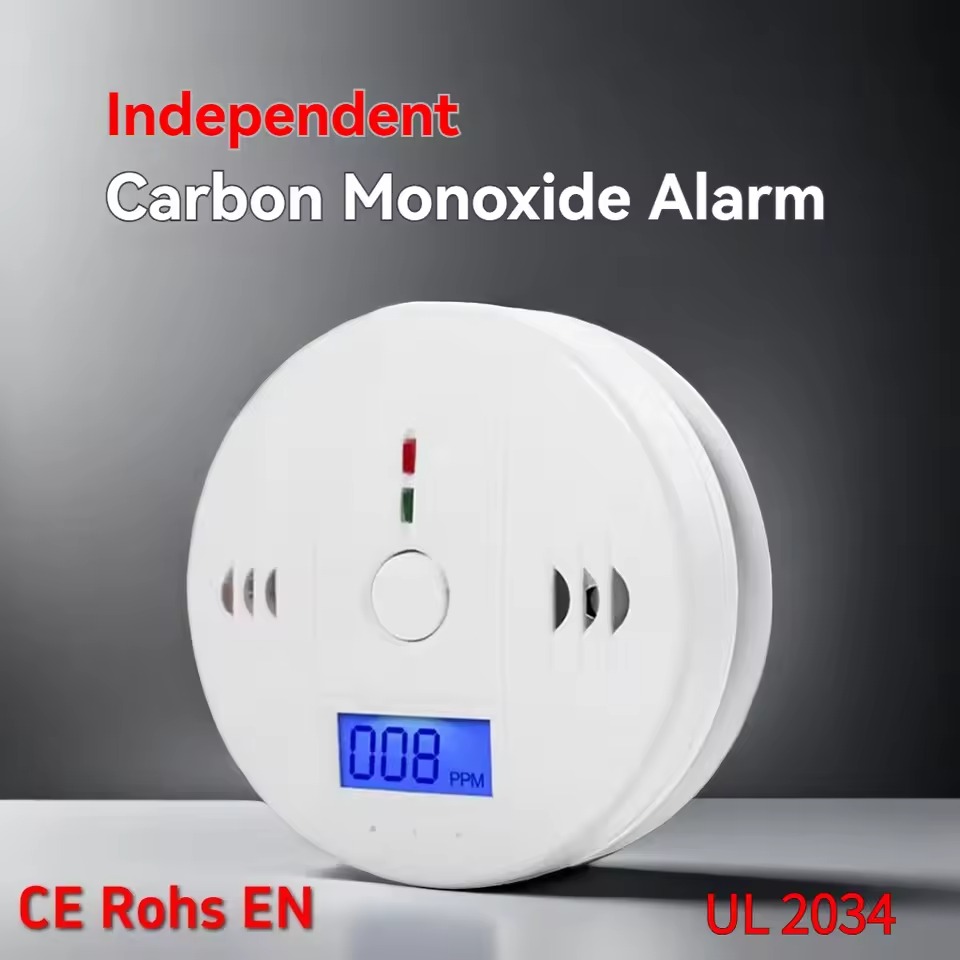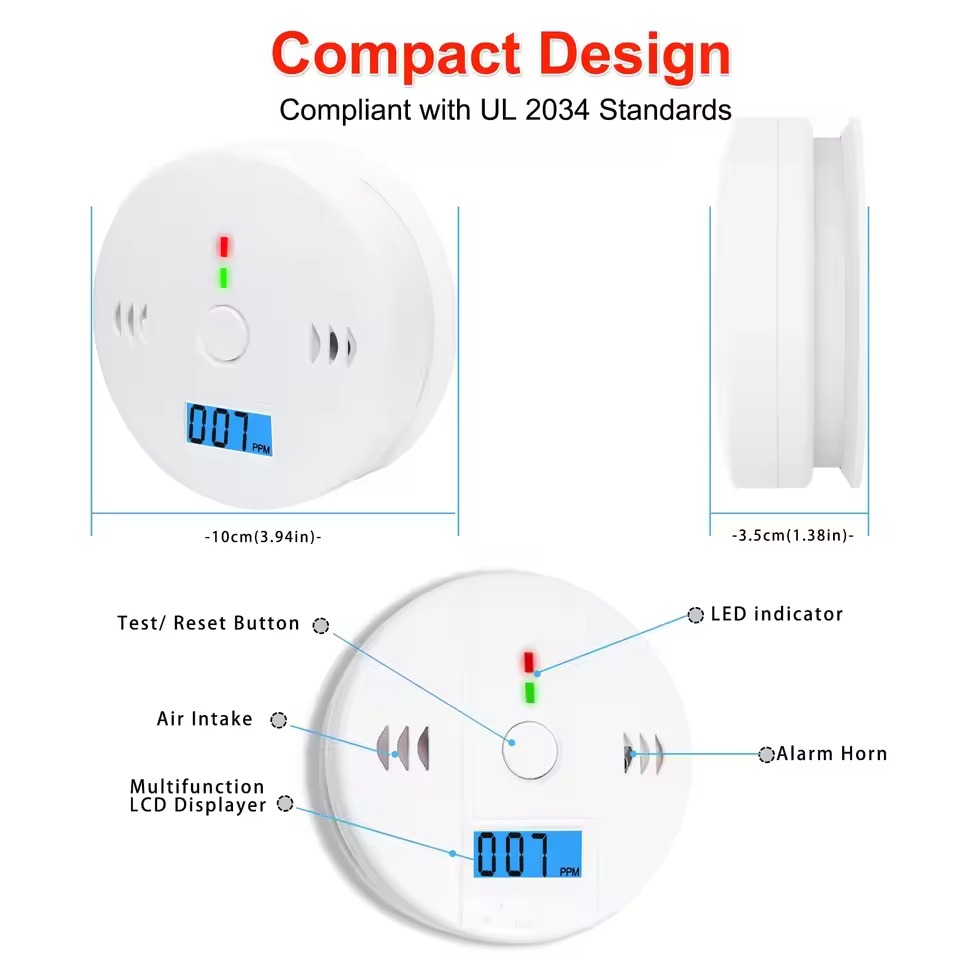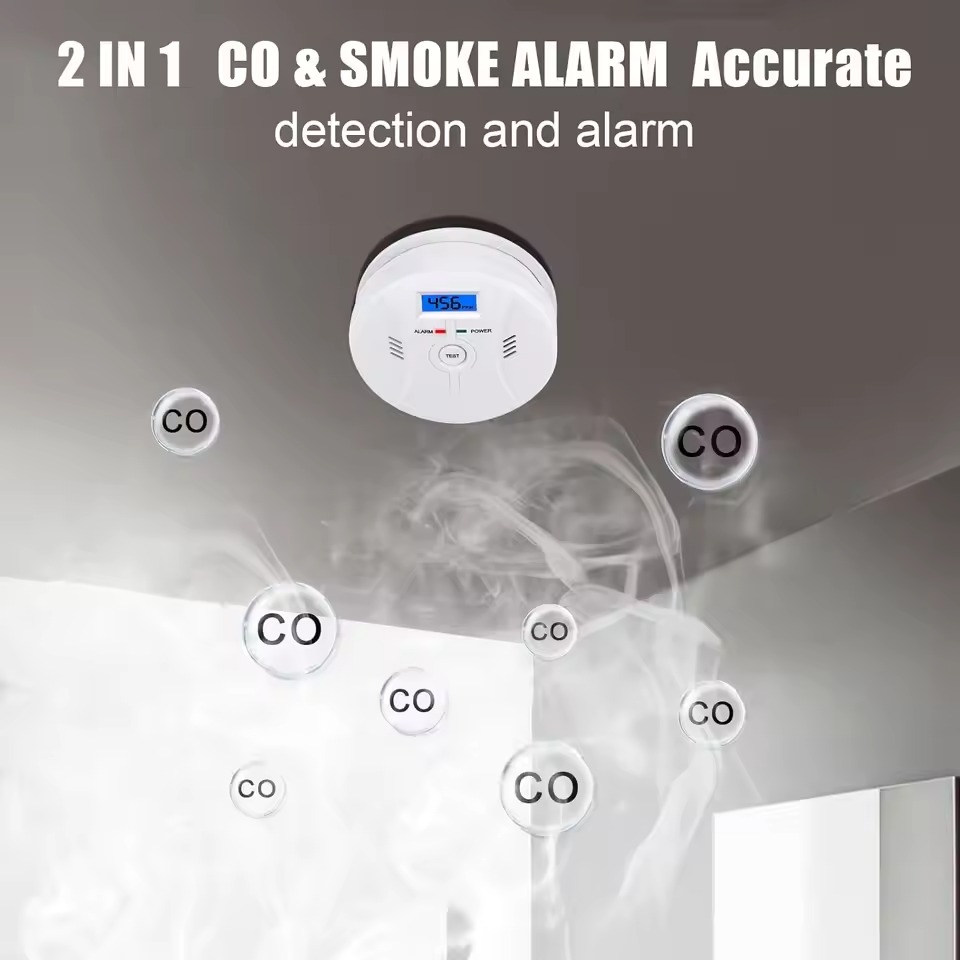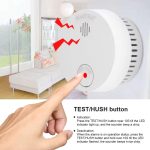Smoke alarms are vital safety devices that save lives by detecting smoke and notifying occupants of potential fires. However, they can also be a source of frustration when they begin to beep incessantly, often at the most inconvenient times. In this article, we’ll explore the reasons behind smoke alarm beeping, common issues homeowners face, and effective solutions to silence these devices without compromising safety.
Understanding the Function of Smoke Alarms
The Importance of Smoke Alarms
Smoke alarms play a critical role in fire safety by providing early warning in case of a fire. They are designed to sense smoke particles in the air and alert homeowners with a loud beep, allowing them to evacuate and call for help. Statistically, having a working smoke alarm decreases the chance of dying in a residential fire by about 50%. This powerful safety feature emphasizes the necessity of maintaining and understanding how these devices operate.
Types of Smoke Alarms
There are primarily two types of smoke alarms: ionization and photoelectric. Ionization smoke alarms are more responsive to flaming fires, while photoelectric alarms are better at detecting smoldering fires. Many modern smoke alarms combine both technologies to enhance safety. Understanding these types can help homeowners make informed decisions about their smoke detection solutions and realize why beeping might occur, particularly if one type is more sensitive to particular situations.

Common Reasons for Smoke Alarm Beeping
Low Battery Alerts
One of the most common reasons for a smoke alarm beeping is a low battery. Most smoke alarms emit a distinctive chirping sound to alert homeowners that it’s time to replace the battery. This warning is designed to ensure that the alarm remains functional, as a dead battery can result in a non-operational smoke detector during a fire. Homeowners should regularly test their alarms and replace batteries at least once a year, ideally when changing clocks for Daylight Savings Time.
Dust and Debris Accumulation
Dust accumulation can also cause smoke alarms to beep. When smoke detectors gather dust or debris, they may misinterpret these particles as smoke, triggering the alarm. Regular cleaning of smoke alarms is necessary to prevent false alarms. Homeowners can use a vacuum attachment or a damp cloth to carefully remove dust buildup without causing damage to the device. This maintenance extends the life of the smoke alarm and ensures it operates correctly.
Troubleshooting Your Smoke Alarm
Identifying the Source of the Beeping
When smoke alarms beep, it’s crucial to identify the cause immediately to address the issue. Homeowners should note the pattern of the beeping: a continuous sound may indicate smoke or fire, while intermittent chirps typically suggest low battery or malfunction. Understanding these patterns can save valuable time in emergencies and help distinguish between a false alarm and a critical safety warning.
Consult the User Manual
Each smoke alarm might have unique features or error signals that can contribute to confusion. Consulting the user manual can provide insights specific to the model, including the meaning behind various beeping sequences. The manual also contains important maintenance information and troubleshooting tips that can help resolve the issue efficiently. If the manual is unavailable, many manufacturers provide online resources and customer support.
Maintenance Tips to Prevent Beeping
Regular Testing
Frequent testing of smoke alarms is essential in ensuring functionality. Homeowners are encouraged to test their alarms at least once a month using the test button located on the device. This simple step not only confirms that the alarm is functional but also helps individuals become familiar with the sound, ensuring they won’t mistake it for a low battery chirp or other alert.
Cleaning and Dusting
Regular cleaning is crucial for maintaining smoke alarms. A gentle dusting using a soft cloth or a vacuum cleaner attachment is often sufficient to keep the device operational. Additionally, homeowners should be aware of the placement of smoke alarms; high humidity areas, such as near cooking appliances or bathrooms, can lead to excess dust or moisture accumulation, causing false alarms. Proper placement and cleaning can greatly reduce noise complaints.

Upgrading Your Smoke Alarms
When to Consider Replacement
Although smoke alarms are designed to last a significant amount of time, they don’t last forever. The National Fire Protection Association recommends replacing smoke alarms every 10 years. Older devices may not function effectively and could lead to missed alerts during emergencies. Homeowners should note the manufacturing date printed on the back of the alarm and set reminders for replacement as they approach the 10-year mark.
Modern Features to Look For
Upgrading to a newer model can bring peace of mind with modern technology. Many newer smoke alarms feature advanced technologies such as smart capabilities that connect to mobile devices, allowing homeowners to receive notifications on their phones regarding the status of their alarms. Some models also have built-in voice alerts that provide clearer information about the type of alarm (e.g., fire, low battery), reducing confusion and enhancing safety.
Advanced Solutions for Smoke Alarms
Smart Home Integration
The rise of smart home technology has led to smoke alarms that integrate seamlessly into home networks. These devices can send alerts to smartphones, tablets, or smart speakers, making it easier for users to monitor their home’s safety from anywhere. Some models even offer the ability to deactivate false alarms via a connected app, enhancing convenience and reducing the risk of ignoring alerts due to frustration.
Voice-Activated Technology
Voice-activated smoke alarms are gaining popularity due to their user convenience. These alarms can provide detailed audio instructions during emergencies and can be programmed to offer regular safety reminders. This feature helps family members of all ages understand crucial safety protocols, ensuring everyone is prepared in case of a fire.
Choosing the Right Type of Smoke Alarm
When upgrading your smoke alarms, it’s essential to consider which type best fits your home and lifestyle. There are several types of smoke alarms available, including ionization, photoelectric, and dual-sensor alarms.
Ionization Smoke Alarms are more responsive to flaming fires, making them ideal for areas like kitchens or living rooms where fires can ignite quickly. They use radioactive material to detect smoke particles but may trigger false alarms if placed too close to cooking appliances.
Photoelectric Smoke Alarms, on the other hand, are designed to detect smoldering fires and are less prone to false alarms. They are better suited for bedrooms and hallways, as they can detect smoke from furniture or bedding combustion.
Dual-sensor Alarms combine both ionization and photoelectric technology, addressing both types of fire hazards. These alarms provide comprehensive protection and are an excellent choice for ensuring that different kinds of fires will be detected promptly.

Conclusion: Prioritizing Safety Above Convenience
Balancing Functionality and Frustration
While the beeping of smoke alarms can be frustrating, it’s essential to remember that their primary function is to protect lives. Homeowners should focus on finding solutions that minimize nuisance alerts without compromising safety. Regular maintenance, timely battery changes, and potential device upgrades are all viable strategies to ensure smoke alarms serve their essential purpose effectively.
Empowering Homeowners for Fire Safety
Empowerment through knowledge can significantly enhance fire safety in households. By understanding smoke alarm functionalities, troubleshooting common issues, and implementing preventative measures, homeowners can protect themselves and their families effectively. After all, the ultimate goal is not just to stop the beeping but to ensure that smoke alarms continue to protect against the most frightening of threats—fire.
In conclusion, while the challenge of incessant beeping from smoke alarms can be a hassle, there are numerous strategies and solutions available to mitigate this issue. By implementing these tips and being proactive about maintenance and technology, homeowners can experience the critical safety provided by smoke alarms without the continuous interruptions of frustrating beeping.


